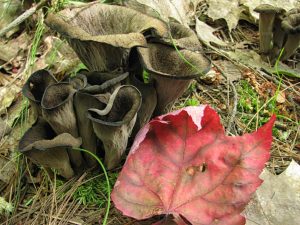Art and scien ce are different things, right? Well, maybe not so much. Yes, the two enterprises usually play out in different social and institutional contexts. In academia, they’re sequestered into distinct departments in different buildings, and all academics know that you never talk with anybody in a different building. But there is increasing concern that this separation may, at best, make for missed opportunities. At worst, it may handicap both undertakings.
ce are different things, right? Well, maybe not so much. Yes, the two enterprises usually play out in different social and institutional contexts. In academia, they’re sequestered into distinct departments in different buildings, and all academics know that you never talk with anybody in a different building. But there is increasing concern that this separation may, at best, make for missed opportunities. At worst, it may handicap both undertakings.
There’s no doubt that people in each community can be inspired by the work of the other. There’s a long history of naturalist-artists who have found footing (and inspired people) in both arenas. In addition to this kind of synergy, it’s also becoming clear that the ways scientists and artists do their work may have more in common than traditional separations would suggest (for example, check out this 2016 article in Forbes magazine).
This realization has fueled a recent upsurge in efforts to build bridges between the work of scientists and artists. Public and private funding agencies are focusing on ways to draw their work together, to find vehicles for collaboration and cross-talk. Scientific institutions are inviting artists into their labs and research stations, and artists are producing work that’s explicitly and implicitly informed by their experience with the sciences.
We are joining this trend by initiating a new ‘artist-in-residence’ program at the Ives Lake Field Station. HMWF researchers work in one of the most striking landscapes in eastern North America, and their work often addresses organisms and systems that, in addition to being unusual or rare, are of great esthetic appeal and striking visual (or other sensory) impact.
Here is our call for proposals for the program:
If you are an artist interested in finding connections between your work and natural science, please have a look. If you know of artists who fit this definition, feel free to share this information.
